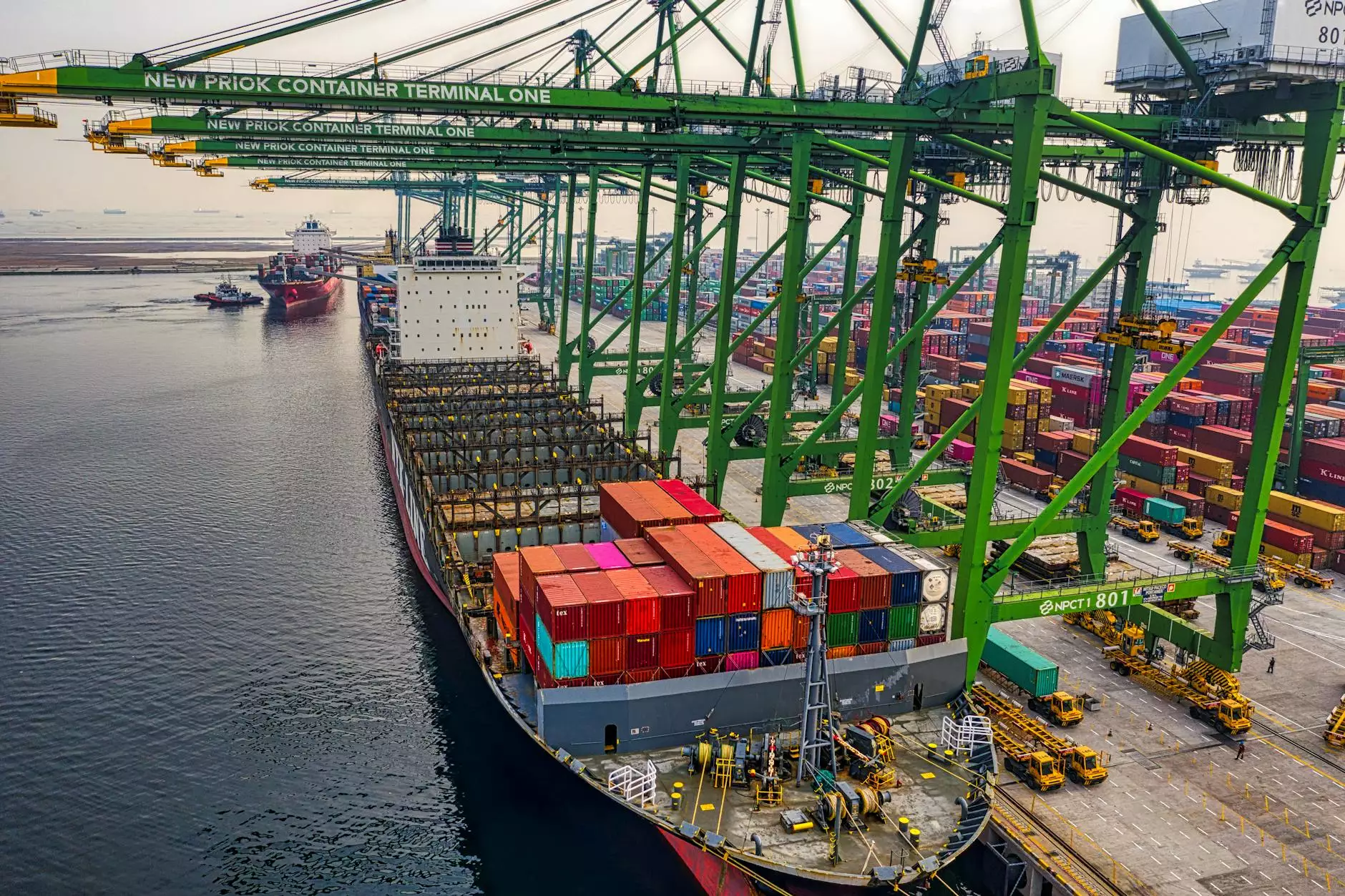Understanding Shipping Freight Rates: A Comprehensive Guide

In the world of business, particularly in logistics and transportation, understanding shipping freight rates is crucial. Whether you are a small business owner or part of a larger corporation, knowing how freight rates work can significantly impact your bottom line. In this article, we delve deep into the concept of shipping freight rates, explore various factors influencing them, and provide valuable insights into optimizing these costs for your business.
What Are Shipping Freight Rates?
Shipping freight rates are the charges that a shipper must pay to transport goods from one location to another. These rates can vary widely based on several parameters, including distance, weight, cargo type, and shipping method. Understanding these rates is essential for determining the total cost involved in product distribution.
Factors Affecting Shipping Freight Rates
Several factors influence shipping freight rates. Here is a breakdown of the most significant ones:
- Distance: The farther the shipping destination, the higher the freight rate.
- Weight and Volume: Heavier and larger shipments typically incur higher rates.
- Type of Cargo: Certain goods, such as hazardous materials, may lead to increased shipping costs due to special handling requirements.
- Shipping Method: The choice between air, sea, and land transport will affect rates dramatically. Air freight tends to be the most expensive, while sea freight usually costs less.
- Seasonality: Demand during peak seasons can spike rates, as can unforeseen events like natural disasters.
- Insurance and Special Services: Additional services, such as tracking or insurance, will add to the overall cost.
How to Calculate Shipping Freight Rates
Calculating shipping freight rates might seem complicated, but it can be broken down into manageable components. Here are the general steps:
- Determine Weight and Dimensions: Measure the weight and dimensions of your cargo accurately.
- Choose Transportation Mode: Decide between air, sea, or land based on your needs and budget.
- Get Quotations: Contact freight forwarders or use online freight calculators to get quotes based on your specifications.
- Consider Add-Ons: Account for insurance, tracking, and any special handling requirements.
- Analyze Costs: Compare and analyze different quotes to find the best value.
The Role of Freight Forwarders
Freight forwarders serve as intermediaries between shippers and carriers. They handle logistics management and are experts in minimizing shipping costs. By working with a freight forwarder, businesses gain access to their industry knowledge, which can lead to significant savings on shipping freight rates. Here are some ways freight forwarders help:
- Negotiating Rates: They often have long-standing relationships with carriers, allowing them to negotiate lower rates.
- Consolidation Services: Forwarders can consolidate shipments, reducing costs for clients.
- Expert Guidance: They provide valuable insight into the most cost-effective and efficient shipping methods.
Shipping Centers: Your Local Solution
Shipping centers play a pivotal role in the logistics chain. They serve as hubs for packaging, storing, and moving goods. Utilizing a local shipping center can dramatically reduce shipping freight rates for local and regional deliveries. Here’s why you should consider them:
- Streamlined Processes: Local centers often have established workflows, minimizing handling time.
- Reduced Transit Times: Shorter distances to local centers can decrease delivery times and costs.
- Access to Multiple Carriers: Shipping centers often work with various carriers, giving you more options to choose from.
Business Consulting in Shipping
In addition to understanding shipping freight rates, consulting services can also enhance your shipping strategy. Business consulting in logistics can optimize your entire supply chain, resulting in cost reductions and improved efficiency:
- Analysis of Shipping Needs: Expert consultants assess your shipping requirements and recommend tailored solutions.
- Cost-Effective Strategies: They help develop strategies that align with your business goals and budget.
- Process Improvement: Consulting services can identify inefficiencies in your shipping processes and propose enhancements.
The Impact of Technology on Shipping Rates
Technology has revolutionized the logistics industry, making it easier to manage shipping freight rates. Here are several ways technology has impacted shipping:
- Online Freight Calculators: Tools available on websites like freightrate.com allow businesses to instantly compare shipping rates.
- Tracking Systems: Real-time tracking enhances transparency and allows for better planning.
- Automated Systems: Automation in logistics reduces manual errors, leading to more accurate rate calculations.
Best Practices for Managing Shipping Costs
Understanding shipping freight rates is only part of the equation. Here are some best practices to manage and minimize your shipping costs effectively:
- Plan Your Shipments: Consolidate shipments whenever possible to take advantage of bulk pricing.
- Negotiate Rates: Don’t hesitate to negotiate rates with your carriers; building long-term relationships can lead to better prices.
- Review Shipping Contracts: Regularly review contracts with your shippers to ensure you’re getting the best rates.
- Leverage Technology: Utilize software and tools to analyze shipping patterns and make informed decisions.
- Stay Informed: Keep up with industry trends and changes in freight rates and legislation that might affect shipping.
Conclusion
In conclusion, mastering the intricacies of shipping freight rates is vital for any business involved in logistics and supply chain management. By understanding the factors that impact these rates, utilizing freight forwarders and shipping centers, and implementing best practices, companies can optimize their shipping costs effectively. Remember, the landscape of logistics is continually evolving, and staying informed is key to maintaining a competitive edge.
For more resources on managing your shipping freight rates effectively, visit freightrate.com for industry insights and professional consulting services.









